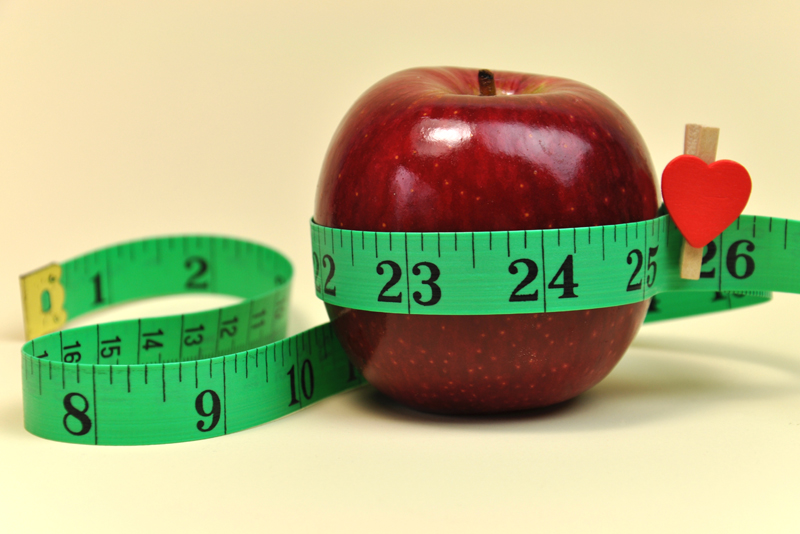Determining your Maximum Heart Rate

A critical part of maintaining a healthy lifestyle is to know what your maximum heart rate is. That lets you determine what your activity zones should be. How do you determine your maximum heart rate?
First, let's review what your heart rate is. This is how many times in a minute your heart beats. Fairly simple. You could just put your finger on your wrist, look at a stopwatch for a minute, and figure that out. Of course there are watches and chest-bands that do this for you automatically too. Most record over time so you can see a graph, later on, of how your heart did during your chosen activity.
Every person has a maximum heart rate - their body's maximum value to not exceed. That maximum value is then also used to determine your work-out values - how quickly your heart should be beating while you dance, kayak, or do whatever other activities you enjoy. It helps ensure you are burning fat cells at a healthy rate.
So, that being said, here is how to figure out YOUR personal maximum heart rate.
Polar Watch promoted a super-simple method determined by Dr. Haskell and Dr. Fox in 1970. All you do is take 220 and subtract your age. So if you were 43, your maximum heart rate would be 220 - 43 = 177 beats per minute. Here's the problem, though. Women naturally have lower heart rates than men do! Research at Northwestern University in 2010 came up with this more precise value for women:
206 - (0.88 x age)
So if you were 43, this would be 206 - (0.88 x 43) = 168. There's a fair difference between 168 and 177.
Even for men, research has found that the original study was not accurate. According to a far more recent study, in 2002, the formula should be:
205.8 − (0.685 × age)
Interestingly, that formula works out to match for some ages and not for others. For a 43 year old male, it comes out fairly similar.
So for a 43 year old male that would be 205.8 - (0.685 x 43) = 176
So this is absolutely a number you should know for your records. Use the matching formula if you're male or female. Recalculate it each year on your birthday and write it down with your records. This will then help you ensure that your activities you do fall within healthy ranges to help move you towards your goals.

Lisa Shea's Library of Low Carb Books
First, let's review what your heart rate is. This is how many times in a minute your heart beats. Fairly simple. You could just put your finger on your wrist, look at a stopwatch for a minute, and figure that out. Of course there are watches and chest-bands that do this for you automatically too. Most record over time so you can see a graph, later on, of how your heart did during your chosen activity.
Every person has a maximum heart rate - their body's maximum value to not exceed. That maximum value is then also used to determine your work-out values - how quickly your heart should be beating while you dance, kayak, or do whatever other activities you enjoy. It helps ensure you are burning fat cells at a healthy rate.
So, that being said, here is how to figure out YOUR personal maximum heart rate.
Polar Watch promoted a super-simple method determined by Dr. Haskell and Dr. Fox in 1970. All you do is take 220 and subtract your age. So if you were 43, your maximum heart rate would be 220 - 43 = 177 beats per minute. Here's the problem, though. Women naturally have lower heart rates than men do! Research at Northwestern University in 2010 came up with this more precise value for women:
206 - (0.88 x age)
So if you were 43, this would be 206 - (0.88 x 43) = 168. There's a fair difference between 168 and 177.
Even for men, research has found that the original study was not accurate. According to a far more recent study, in 2002, the formula should be:
205.8 − (0.685 × age)
Interestingly, that formula works out to match for some ages and not for others. For a 43 year old male, it comes out fairly similar.
So for a 43 year old male that would be 205.8 - (0.685 x 43) = 176
So this is absolutely a number you should know for your records. Use the matching formula if you're male or female. Recalculate it each year on your birthday and write it down with your records. This will then help you ensure that your activities you do fall within healthy ranges to help move you towards your goals.

Lisa Shea's Library of Low Carb Books

Related Articles
Editor's Picks Articles
Top Ten Articles
Previous Features
Site Map
Follow @LisaLowCarb
Tweet
Content copyright © 2023 by Lisa Shea. All rights reserved.
This content was written by Lisa Shea. If you wish to use this content in any manner, you need written permission. Contact Lisa Shea for details.










